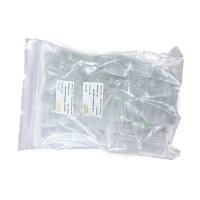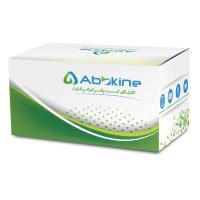Techniques to Study Spinal-Cord, Peripheral Nerve, and Muscle Activity in Freely Moving Animals
互联网
互联网
相关产品推荐

海洋动物DNA提取试剂盒(MolPure® Marine Animals DNA Kit)
¥415

Recombinant-Human-Potassium-channel-subfamily-K-member-18KCNK18Potassium channel subfamily K member 18 Alternative name(s): TWIK-related individual potassium channel TWIK-related spinal cord potassium channel
¥12194

Recombinant-Rat-Transmembrane-protein-35Tmem35Transmembrane protein 35 Alternative name(s): Spinal cord expression protein 4 TMEM35 gene-derived unknown factor 1
¥10262

Creatine Kinase Muscle/CKM 兔多抗(抗原亲和纯化)
¥1699

β-葡萄糖苷酶试剂盒,用于样本中β-GC活性检测,微量法,β-GC Activity Assay Kit
¥678
相关问答

